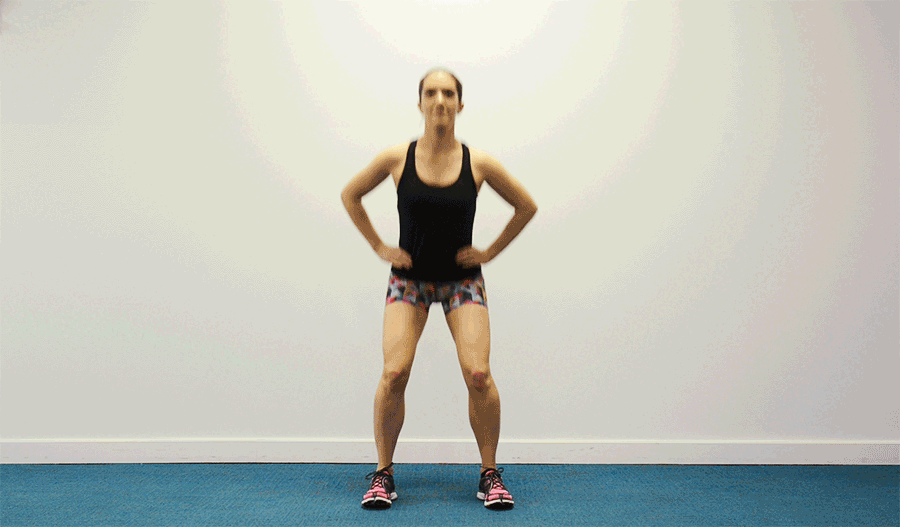
We’ve all heard the adage “no pain, no gain,” but how much truth is there to that mantra? It depends. Pain during or immediately following exercise, for one, is typically bad news. But soreness that comes several hours after your workout is usually a good thing. Check in with your body during and after your workouts by asking, “Am I feeling pain – or am I feeling like my muscles are working and that’s making me tired?” The two are very different. Pain is a warning signal that something is not right with your body; tiredness and soreness are signs of using a muscle to its full capacity.
Here are five other common questions – and answers – about post-workout soreness:
1. Why do I get sore after a workout?
When you stretch and challenge your muscles with weight-bearing or other strength-training exercises, you damage your muscle cells and surrounding connective tissue on a microscopic level. This damage isn’t a bad thing, though; it sets off a biochemical series of events that encourage muscle cells to repair and remodel, making them larger and stronger. In fact, light exercise doesn’t make you much stronger and it certainly doesn’t make your muscles bigger.
Exercising at a higher intensity makes you more sore – but it also provides more benefits. Typically, you’ll feel most uncomfortable 24 to 48 hours after exercising, which is why it’s often called delayed onset muscle soreness, or DOMS. You may also feel less coordinated and more tired. These effects are nothing to worry about and should disappear within three to four days.
Certain types of exercise tend to make you more sore than others. For example, landing from a jump, squatting, doing lunges or performing any other exercises that lengthen your muscles as they produce force usually results in the most DOMS. In the days after these type of workouts, you may feel like you used muscles you didn’t even know you had. Some everyday tasks, such as going down stairs and lowering yourself to sit, might be difficult, too. People often describe DOMS as a dull ache that worsens when they use their muscles, but there shouldn’t be swelling, bruising or redness.
2. When should the soreness go away?
Most people start to see DOMS subside in three days, but it could last a bit longer depending on how much you challenged yourself. If you tried a brand new workout, you could be sore for as many as five to seven days.
3. Is there anything I can do to minimize the soreness?
Unfortunately, probably not. While many scientists have studied how to minimize muscle soreness, and the topic is fiercely debated, neither ice nor heat nor topical creams nor rest have been proven decisively to do much good to reduce the pain associated with DOMS. However, many people report feeling better after doing light to moderate activity, such as swimming or taking a short walk, which improves circulation and can help speed muscle repair.
4. How can I tell if my soreness is something more serious?
If you experience extreme muscle soreness, swelling, difficulty moving, dark urine or all of the above, you could have rhabdomyolysis, which is often a life-threatening emergency. The condition is uncommon, but it can occur when you exercise at a very high intensity and level of exertion, especially in hot and humid environments. What distinguishes rhabdomyolysis from DOMS is that in the former, your muscle cells break down and release toxic chemicals into your bloodstream. This chemical release can ultimately lead to severe kidney damage. Rhabdomyolysis is rare, but if you suspect you have it, seek immediate medical attention.
5. Can I still improve if I don’t feel sore?
Some types of exercise will not make you sore, but that doesn’t mean you’re not making progress. Endurance exercises like long-distance running, for example, may not make you sore (unless the route included hills), but your leg muscles will still get stronger. And of course, any physical activity is better than none.
How Sore Should You Be After A Workout? was originally published on U.S. News & World Report.
More from U.S. News:
The 10 Best Exercises You Can Do for the Rest of Your Life
10 Reasons You Should Try Self-Massage
8 Lesser-Known Ways to Ruin Your Joints
